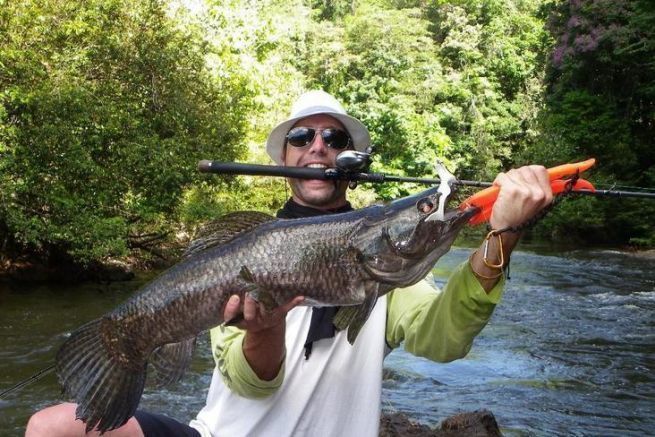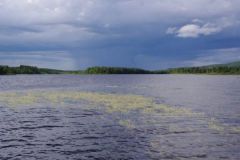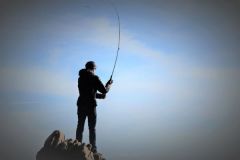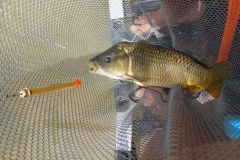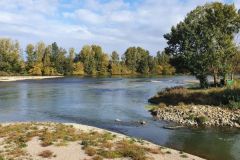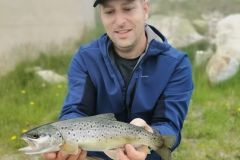If the life of fish is globally governed by the same instincts, whatever the species and the environment, the behaviors are different and so are the fishing approaches. Beyond the pleasure of the catch, the specificities of each species and the fishing approaches that result from them are always an opportunity to learn and progress.
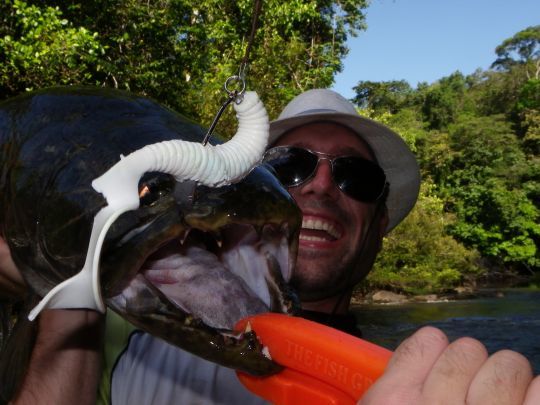
Different environments
Each species lives in a specific environment. So, to track a great diversity of fishes is to understand the internal logic of each environment and ecosystem. A stream, a river, a lake, an estuary or even the open sea have different operating logics and particularities of their own. To go further, two apparently similar environments can function in distinct ways. Multiplying the fishing areas and a fortiori if they are structurally different can only be a source of progress.
But, if fishing them requires specific approaches, the acquired skills will be no less transversal. Indeed, the knowledge that you will be able to acquire on the placement of a trout in the water veins of a torrent will undoubtedly enable you one day to catch bass in an estuary more quickly than another fisherman.
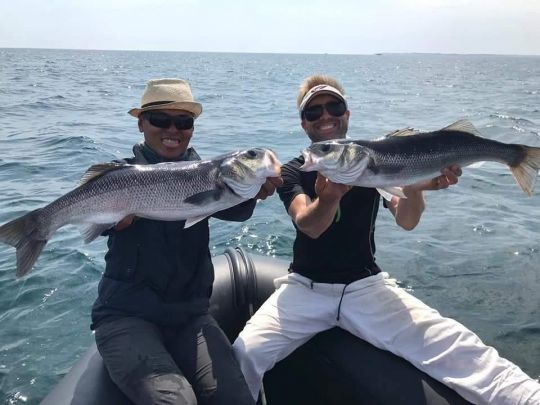
Different behaviors
Each species has a particular behavior in terms of habitat, migration, behaviour and feeding. Some are pelagic, others benthic, tunas will hunt for food while carps will "pick" their food.
If I voluntarily took two species with a very specific and distinct behavior, a certain number have multiple behaviors and which join in several points. Thus, what you can learn about the behavior of white fish in fresh water can be reinvested in the sea to track the gilthead bream.
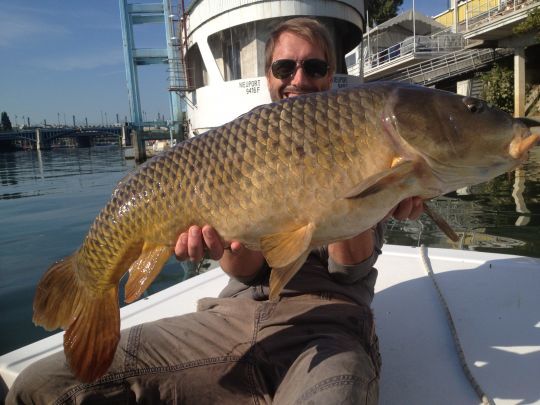
Different techniques
From the two previous points come particular approaches and consequently specific techniques that you must master. It is obvious that fishing black bass with a rubber jig in the cover will not help you on a school of mackerel, but the day you go to the Amazon to track down the ammara, you will be surprised by the efficiency of a soft lure skippered under the foliage. In the same way, every trick you can learn while fishing for sea bass on the surface can be effective on pike or jacks in similar contexts.
